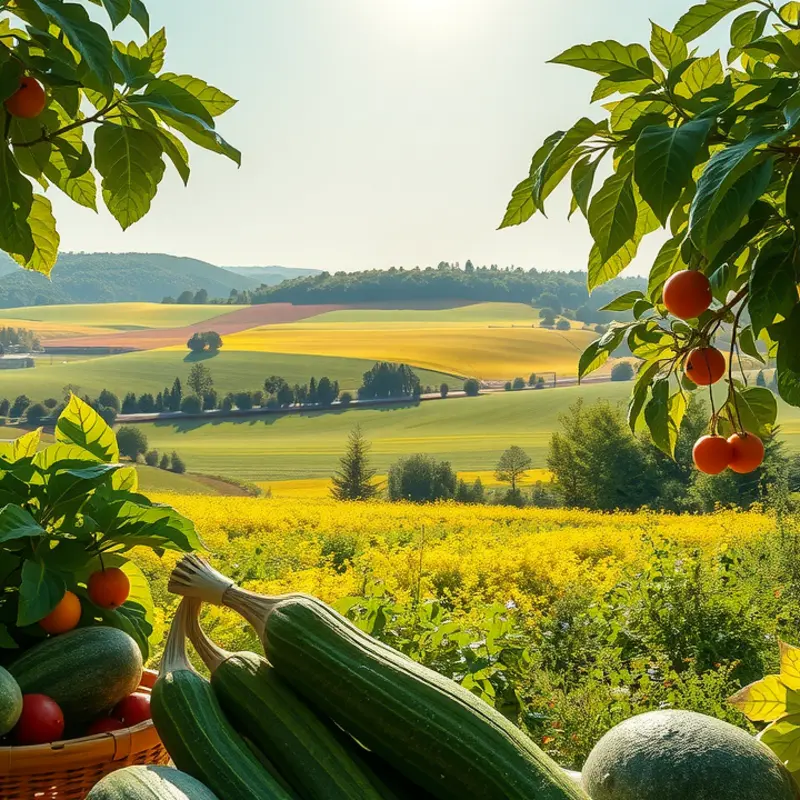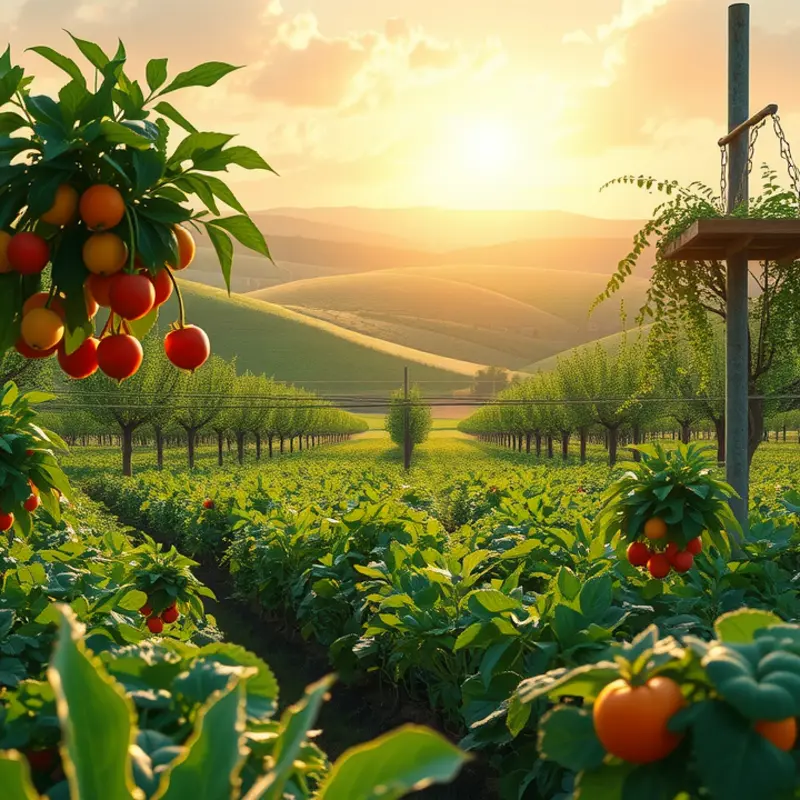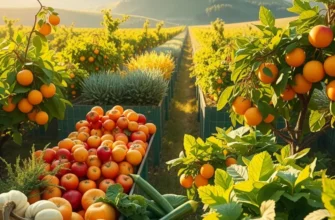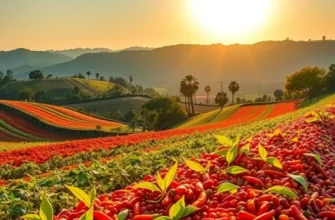Among the world’s culinary treasures lie renowned schools that shape the art of cooking and eating. These institutions offer insights into diverse food cultures, blending tradition with modern culinary techniques. Aspiring chefs and food enthusiasts alike are drawn to these schools, eager to explore not only recipes but the rich stories behind them. Whether you’re passionate about Italian pasta, French pastries, or Asian spices, embarking on a culinary education can expand your horizons and deepen your appreciation for global cuisines.
Culinary Arts and Cultural Heritage: The Foundation of Global Cooking Schools

The world of culinary arts is a captivating blend of tradition and innovation, where leading cooking schools play a crucial role in preserving cultural heritage. These institutions serve as custodians of age-old recipes while embracing contemporary techniques that redefine global cuisine. By maintaining such a delicate balance, culinary schools do more than just train chefs; they foster a deep respect for diverse cultures.
Noteworthy culinary schools around the world emphasize the importance of craft and heritage in their curricula. For example, the Culinary Institute of America offers a course dedicated to understanding international cuisines, deeply diving into their origins and evolution. Similarly, Le Cordon Bleu in Paris is known for its meticulous focus on classic French techniques, preserving the legacy of French culinary arts while encouraging students to explore modern culinary trends. These establishments instill in students a profound appreciation for the art of cooking that goes beyond the mere act of preparing food.
Across the globe, schools like the Basque Culinary Center in Spain champion the use of local ingredients, combining traditional Basque recipes with avant-garde techniques. Such programs not only promote regional food traditions but also encourage students to push the boundaries of what is possible in the kitchen. By doing so, they produce chefs who are as skilled at creating a perfect soufflé as they are at innovating with new flavors.
In Asia, the culinary arts schools emphasize the significance of balance and harmony, deeply rooted in their cultural philosophies. The Kyoto Culinary Art College in Japan, for instance, integrates the study of washoku, the traditional Japanese cuisine that is recognized by UNESCO for its cultural significance. This institution, among others, showcases how maintaining cultural culinary heritage can be both a method of education and a source of inspiration.
The significance of culinary education goes beyond honing technical skills; it fosters global understanding and appreciation. When students learn about international cuisines, they gain insights into the ways food reflects cultural values and social structures. Moreover, engaging with diverse culinary traditions equips aspiring chefs with the tools they need to innovate responsibly, maintaining essential respect for the cultural narratives that shape the dishes they create. It also prepares them to consider sustainable practices, as discussed in resources like the Global Cuisine & Culinary Influences From Trade, which highlights how historical trading routes have shaped modern culinary trends.
Ultimately, global cooking schools emerge as vibrant cultural centers where students master the craft of cooking while serving as ambassadors for cultural diversity. These institutions, by preserving and teaching traditional methods alongside modern techniques, ensure that culinary arts remain an ever-evolving tapestry, rich with cultural significance and innovation. Through this education, the chefs of tomorrow are equipped to uphold the traditions of the past and explore the possibilities of the future, exemplifying the culinary world’s capacity for cultural enrichment and mutual understanding.
Noteworthy Culinary Institutions: From Paris to Tokyo

Le Cordon Bleu in Paris remains one of the most iconic names in the world of culinary arts. With its roots stretching back to 1895, this prestigious institution offers a comprehensive curriculum that covers everything from classic French techniques to innovative modern cuisine. The school is reputed for its Grande Diplôme, a rigorous course merging patisserie and cuisine studies. Notable alumni include Julia Child, whose influence on American culinary arts is undeniable. Le Cordon Bleu’s emphasis on precision and tradition ensures that students are deeply connected to local French gastronomic heritage, while also gaining a global perspective.
Across the Atlantic, the Culinary Institute of America (CIA) in Hyde Park, New York, has cemented its place as a powerhouse of culinary education. Established in 1946, the CIA provides an array of specialized programs, ranging from Culinary Arts to Baking and Pastry Arts. Its emphasis on farm-to-table concepts integrates local and seasonal ingredients into the curriculum, fostering an appreciation for sustainable cooking. Famed alumni such as Anthony Bourdain and Grant Achatz highlight the school’s impact on world cuisine, melding various cultural influences into their unique styles.
In Japan, the Tsuji Culinary Institute in Osaka brings a focus on traditional Japanese culinary methods, alongside international cuisine in their Diploma in Cuisine program. Founded in 1960, Tsuji harnesses Japan’s rich food traditions while incorporating global culinary trends. This allows students to appreciate the delicate balance and seasonal philosophy inherent in Japanese food culture. Graduates, like Yoshihiro Murata, are renowned for revolutionizing Japanese cuisine through the lens of modern gastronomic innovation.
Each of these institutions plays a pivotal role in fostering a global network of culinary professionals. Through cross-cultural exchanges and collaborations, graduates often create influential culinary footprints worldwide. This interconnected community promotes understanding of food cultures and enhances culinary tourism.
The influence of these schools extends far beyond their home countries, as graduates often integrate local food traditions learned back into the wider world. Le Cordon Bleu alumni, for example, might introduce refined French techniques to diverse culinary landscapes, while an alumnus of the CIA might incorporate sustainable practices in international settings. Tsuji graduates help popularize the minimalist elegance of Japanese cuisine on a global scale.
Culinary institutions such as these form a tapestry of educational excellence that connects enthusiasts and professionals alike. They serve as crucial hubs where the art of cooking transcends borders, creating lasting impacts on cooks and connoisseurs worldwide. This dynamic interplay of tradition, innovation, and global interaction reinforces the ties linking the culinary world.
For a deeper understanding of how culinary trade influences global cuisines, explore culinary influences through trade.
Final words
Culinary schools are more than classrooms; they are vibrant communities where the legacy of cooking is shared and transformed. The blend of tradition and innovation found in these institutions fosters not just skill, but a profound connection to cultures worldwide. As you explore these schools, remember that every dish carries a narrative—a story of ingredients, techniques, and the cultural heritage that shapes our relationships with food. Embarking on your culinary journey, whether through formal education or exploration, is an invitation to appreciate the world in a new and flavorful way.








